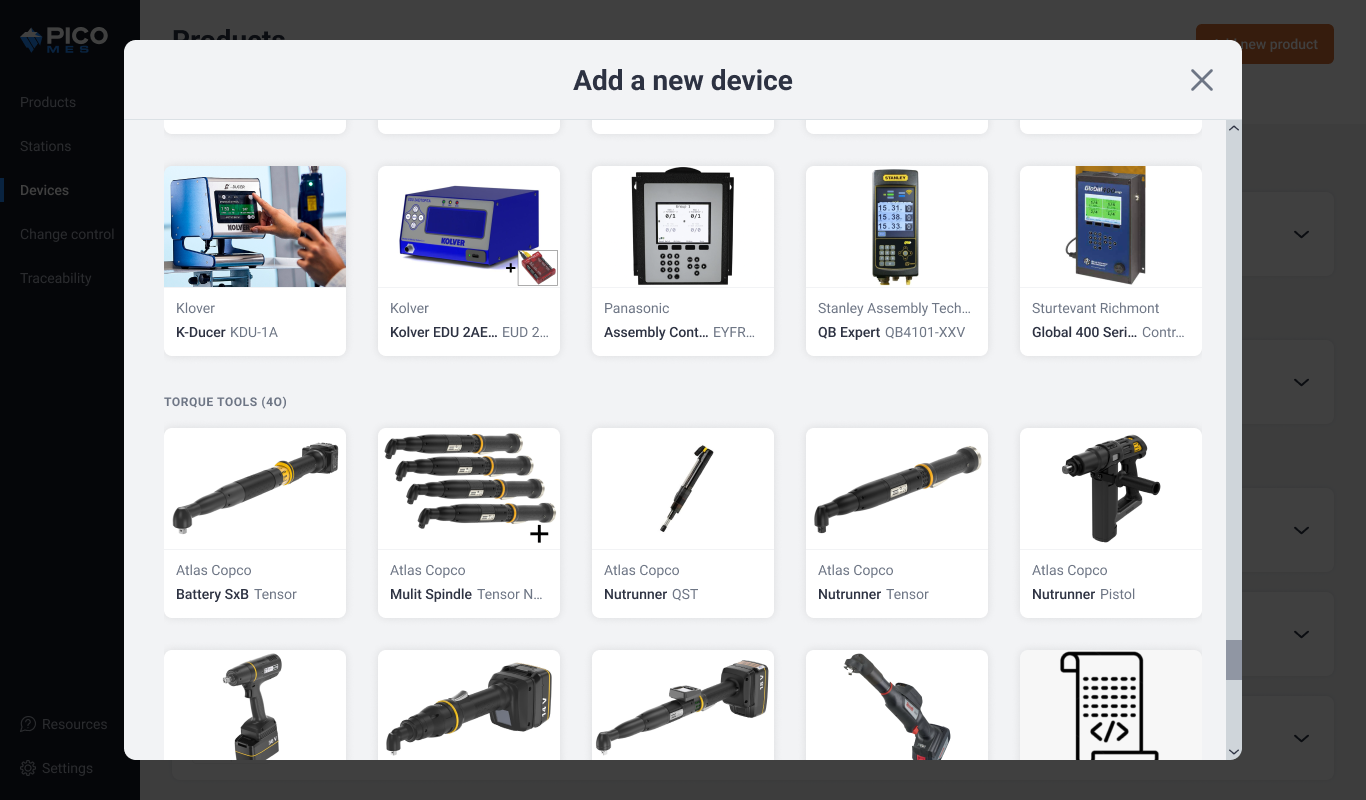#{ item.name }
#{ truncateText(item.metadescription) }
In aerospace manufacturing, there’s no room for guesswork. A single defective bolt or undocumented part can ground an entire fleet or lead to more serious consequences. This is why traceability has become a manufacturing cornerstone.
Aerospace parts must meet the strictest quality and compliance standards. Every component must be accounted for, every process logged, and every deviation instantly traceable. This is where digital traceability comes in. It gives you total visibility across your operation, from supplier to final assembly, creating a digital product passport. In this article, we’ll break down how aerospace manufacturers use traceability software to ensure product integrity, protect brand reputation, and stay ready for whatever the FAA, EASA, or their customers present to them.
Digital traceability software empowers manufacturers to monitor each component seamlessly—from origin to installation—pinpointing defects to specific batches or suppliers and isolating affected units without halting production. This real-time visibility helps teams detect and resolve issues swiftly, preventing safety risks and costly delays.
Interview between Bryan Bauw, COO of PICO and Sharon Spielman of Machine Design, focused on digital processes for quality control.
Take the 2024 Alaska Airlines blowout for instance, where a door plug on a Boeing 737 Max 9 was installed incorrectly. Investigators believe four bolts were removed during assembly at Boeing Renton's facility and not reinstalled. Over a year later, I hope we've learned that simple error-proofing technologies and poka-yoke techniques can eliminate mistakes from happening and enhance critical safety and reliability.
Coordinating global suppliers, subcontractors, and internal teams introduces risk, from mislabeled parts to undocumented changes.
With the right traceability software, manufacturers can bring structure and accountability to every build. Teams gain the ability to automatically log machine settings, operator activity, and test results. It also helps standardize workflows across different lines and locations, and eliminates the need for paper travelers by creating a complete digital record of the build.
This level of traceability acts like a memory zoom lens, pinpointing where and how a defect originated, and whether it's a supplier issue, tool miscalibration, or assembly misstep.
Aerospace manufacturers must comply with rigorous standards such as AS9100, EASA Part 21, and ITAR, all of which require complete, verifiable traceability across the production lifecycle. Manual logs and siloed systems introduce risk, delay audits, and complicate root cause analysis. Digital traceability systems embed compliance into daily operations—automatically capturing production data, maintaining full configuration and process histories, and generating audit-ready reports on demand. Just as critical, these records must be stored and secured to meet regulatory and customer expectations. PICO’s data infrastructure is purpose-built to protect sensitive manufacturing information, ensuring traceability data remains secure, accessible, and compliant across highly regulated environments.
With traceability software, teams can search by serial number, batch, or work order to identify impacted units. They can trace root causes, whether it’s a supplier, shift, or specific tool, and contain the problem without disrupting unrelated operations.
Let's look at another Boeing example: In 2024, Boeing requested supplier records for Chinese titanium dating back a decade to verify authenticity and maintain trust. This incident shows how deeply aerospace manufacturers must trace and how vital digital traceability is to reputation management.
Take a self-guided tour on PICO's traceability features. See how easy it is to find all of your build data in PICO.
In aerospace, trust is earned through verifiable, data-backed transparency. Digital traceability enables manufacturers to meet these expectations by providing detailed part histories, process validations, and quality documentation at every stage of production.
For example, when traceability is embedded directly into digital work instructions—as it is in PICO—every action taken on the shop floor is automatically captured and contextualized. This makes it easy to identify operator-specific errors, machine variances, or process deviations in real time. Over time, this data creates a closed-loop system that supports targeted training, refines process parameters, and drives continuous quality improvements across programs.
In aerospace, trust is earned through verifiable, data-backed transparency. Regulatory authorities, OEMs, and Tier 1 suppliers all require complete traceability from raw material through final assembly. Digital traceability enables manufacturers to meet these expectations by providing detailed part histories, process validations, and quality documentation at every stage of production.
More than just satisfying auditors, this level of visibility reinforces supply chain accountability. Manufacturers can validate supplier conformance, trace subcomponent lineage, and provide post-delivery documentation for fielded parts—critical in long-lifecycle programs. With digital records centralized and searchable, teams can support service, warranty, and regulatory inquiries without delay.
Old legacy systems or spreadsheets can’t handle the complexities of aerospace manufacturing. Digital traceability capabilities, like PICO, equip your team to adapt quickly, respond to disruptions, and innovate confidently. For just $100/user/month, you get:
#{ truncateText(item.metadescription) }
Step into the future of factory operations with Pico MES. Start your journey toward a more efficient, error-proof factory floor today.
